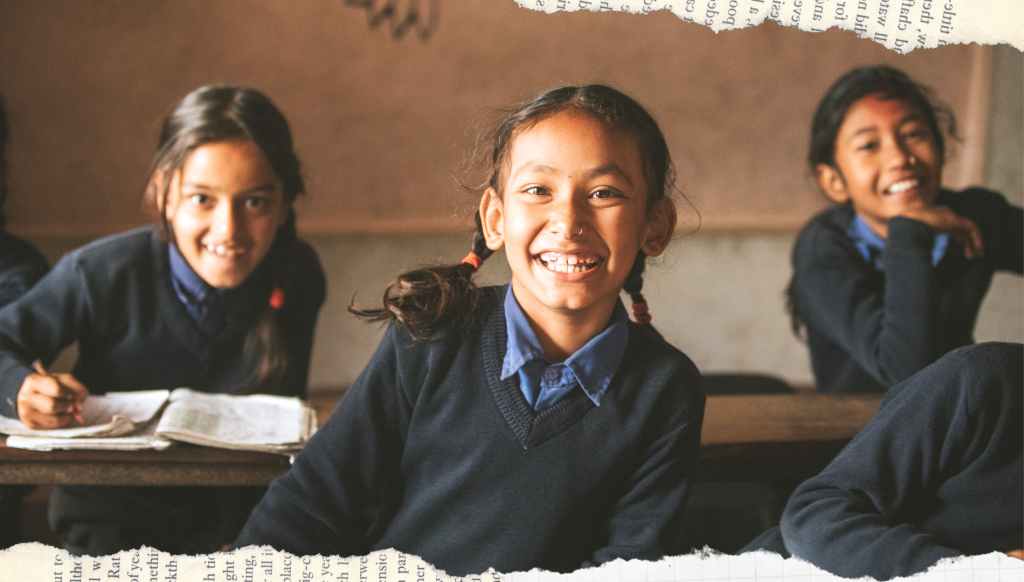What’s standing in the way of Moroccan media literacy education?

Although many Moroccan secondary school teachers want to teach their students media literacy, educators cite limited training and materials as huge hurdles.
Media Literacy Education in Secondary School: Teachers’ Attitudes
By Hanae Ait Hattani
Journal of Media Research
March 1, 2019
In a survey of 190 teachers, 71 percent of respondents said the lack of facilities and educational materials is the biggest obstacle for adding media literacy curriculum. However, about two-thirds of educators believe using media activities in the classroom is highly motivating or motivating to students.
Sidi Mohamed Ben Abdellah University Professor Hanae Ait Hattani investigated the state of media literacy education in Morocco’s secondary school system. She found 65 percent of Moroccan secondary school teachers said the second biggest obstacle was a lack of professional training for teachers.
This research suggests that the biggest challenges to Morocco’s development of media literacy education are inadequate school support, weak professional development and obsolete classroom practices.
“The survey findings indicated that when media literacy takes place in the classroom context, learners demonstrate positive reflections and attitudes,” she wrote. “Including media literacy in educational settings requires a deep paradigm shift.”
Key Numbers
- When asked if they were familiar with the concept of media literacy, 65 percent of respondents were and 35 percent weren’t.
- Almost 82 percent of respondents said media literacy wasn’t seriously considered as part of Morocco’s secondary school education system.
- Many respondents — 53 percent — said time is the biggest reason for the media literacy education gap, and 32 percent claimed teaching overcrowded classrooms prevents them from incorporating media literacy into their curriculum.
Study Details
- The researcher used a sample of 190 teachers in 2016.
- Respondents were 54 percent female and 46 percent male. Hattani divided teachers into four main categories based on their range of experience teaching.
